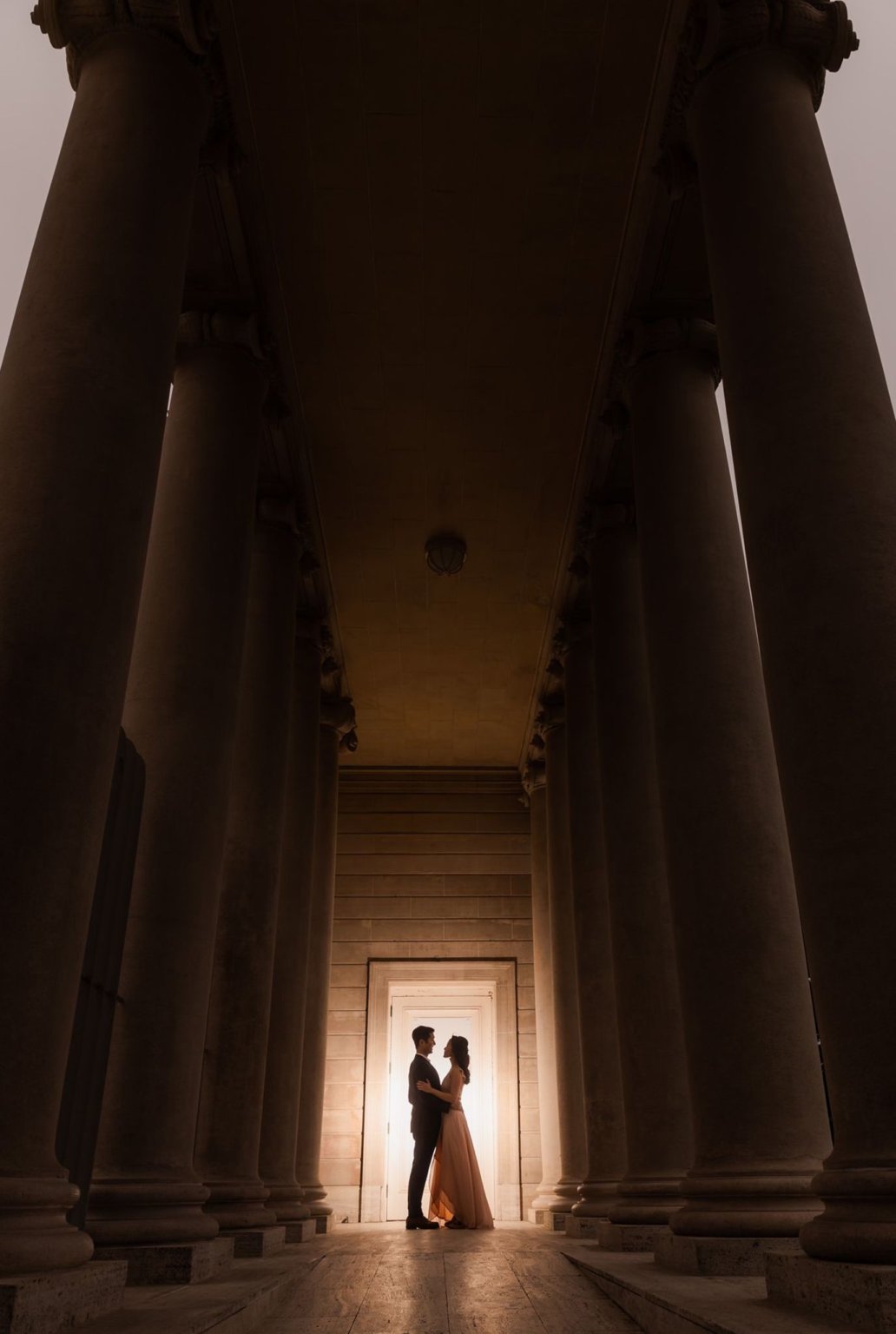
Negative Space Photography Examples And Tips For All Photographers
Use a Wider F-Stop. Using negative space in your photography requires both technical and conceptual thinking. In addition to picking the right lens, you also need to think about the settings you're going to use on your camera. When making your primary subject stand out, using a wider f-stop on your camera can help you achieve this.

Negative Space Photography, Pengertian, Teknik, dan Fungsinya
Portrait mode blurs the background, allowing the main subject to stand out from its surroundings. When composing a shot with negative space, you can use Portrait mode to blur a background that might otherwise distract the viewer. This allows you to create the illusion of negative space, even in cluttered environments. 4.
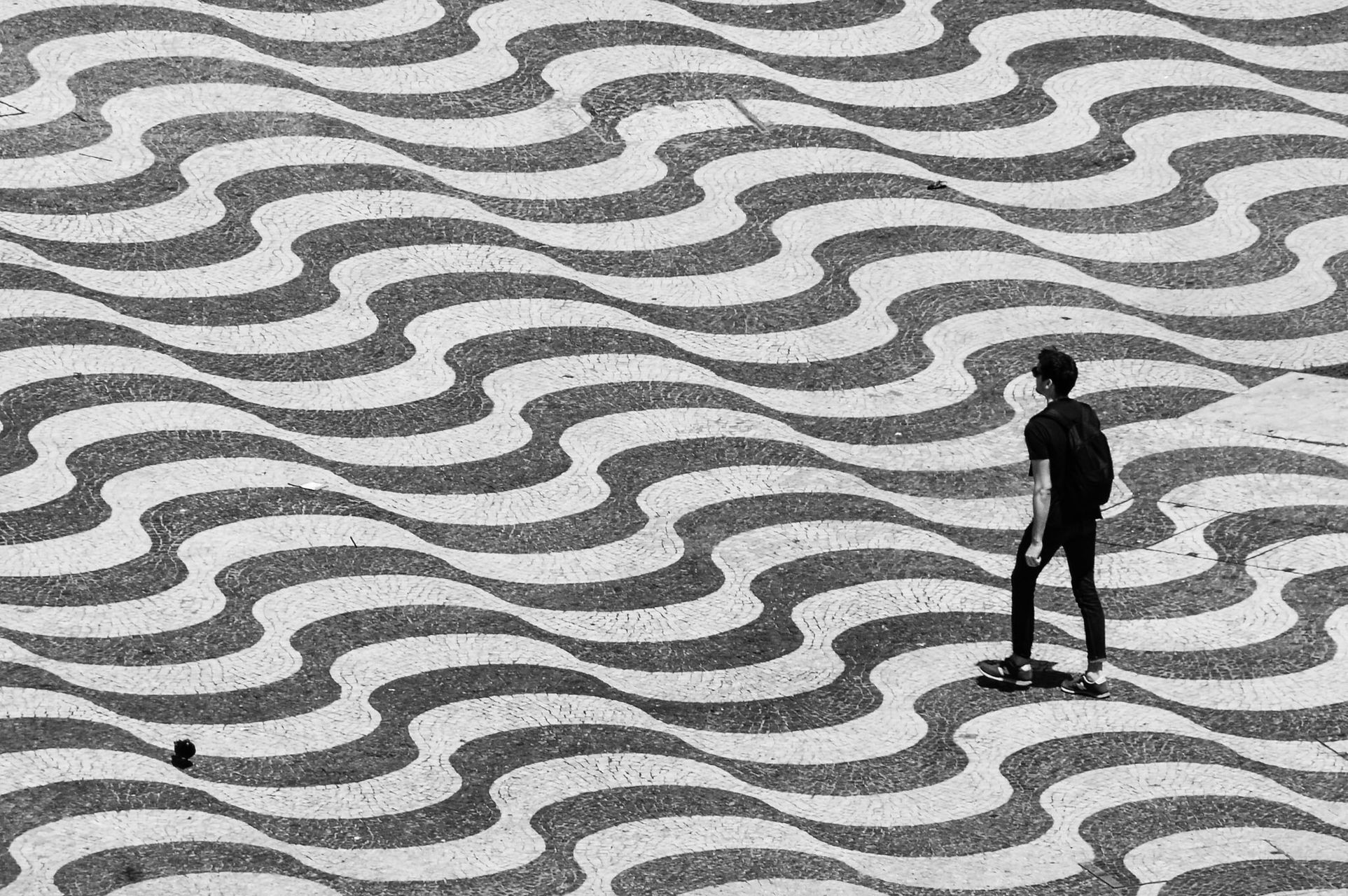
20 Photographs That Prove Negative Space Can Be Positively
1. Creates Balance. Negative space can balance a frame, especially if you have a subject in the center. Negative space will help to create an even, open and balanced composition by giving your viewer an empty picture frame. This way, the subjects appear well-centered, balanced, and at ease. 2.
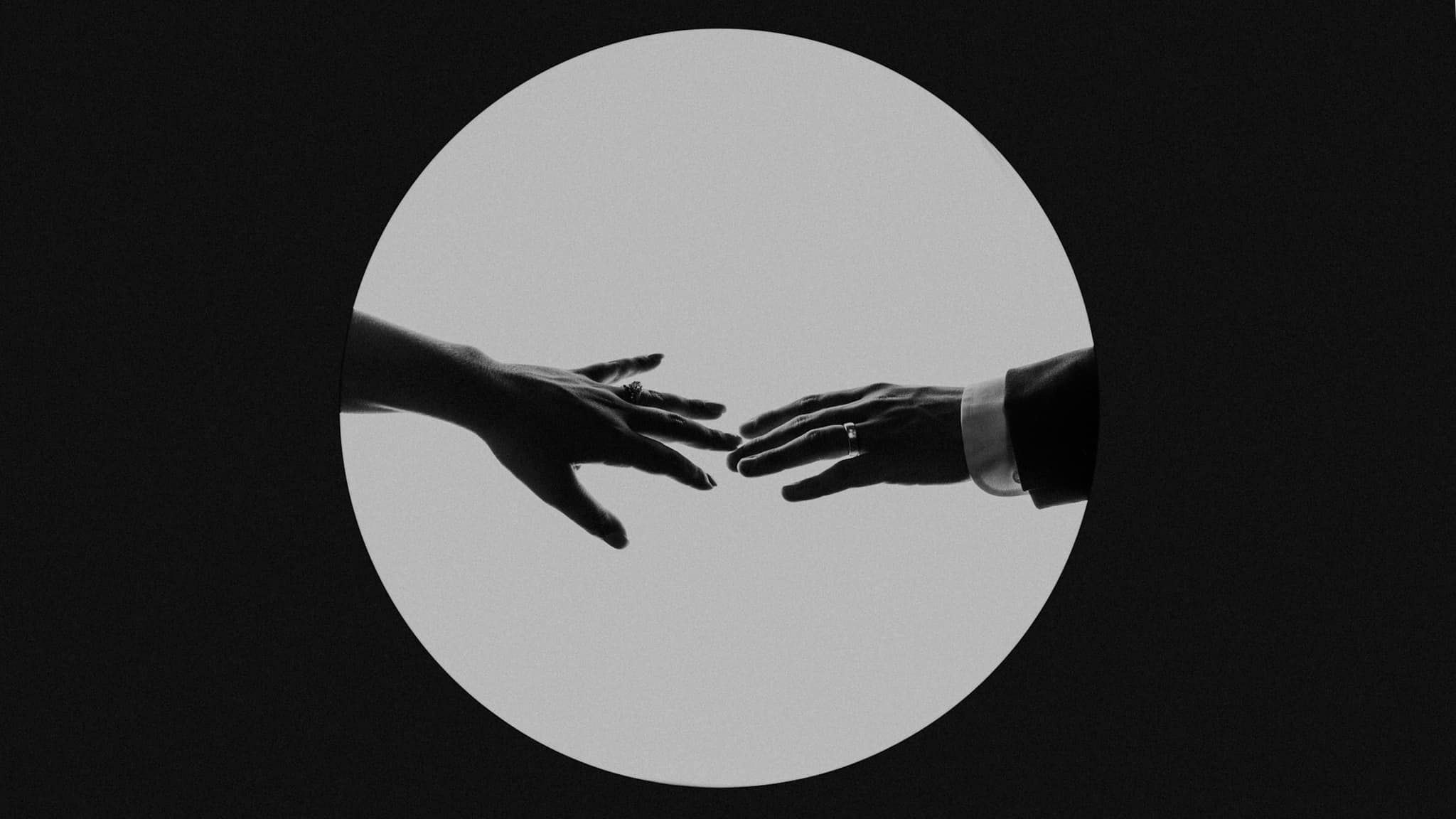
20 Photos That Will Make You See Negative Space Differently
Provide "breathing room" and a place for a viewer's eyes to rest. Add a sense of size and scale, whether smallness or vastness. Convey emotions such as calmness, loneliness, sadness, hope.
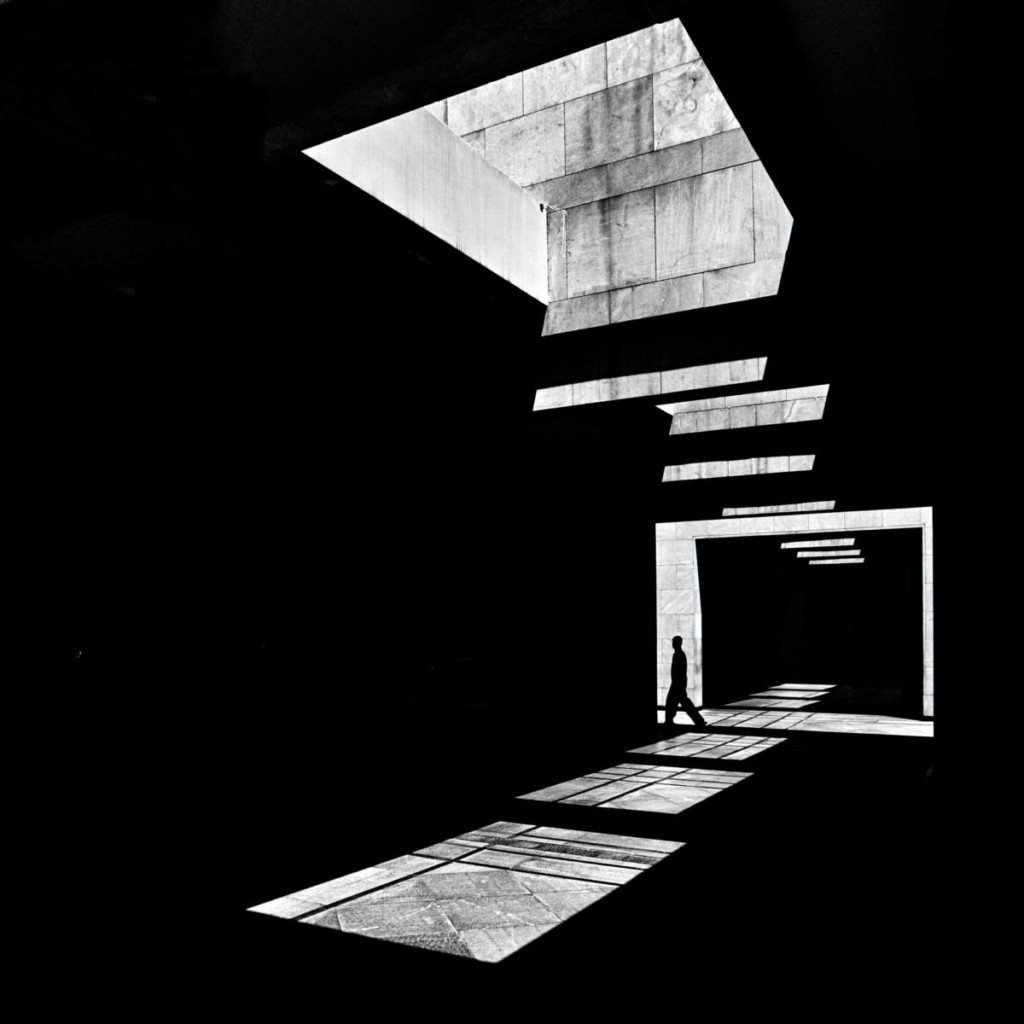
Embracing negative Space in Photography Streetbounty
Tip #3: Use Negative Space to Convey Emotion. Photo courtesy of Lin & Jirsa Photography. If you want to convey an emotion or mood, then negative space photography can help. Before you take the picture, pay attention to the space around your object, as well as the lighting. Consider the emotion you're trying to convey.
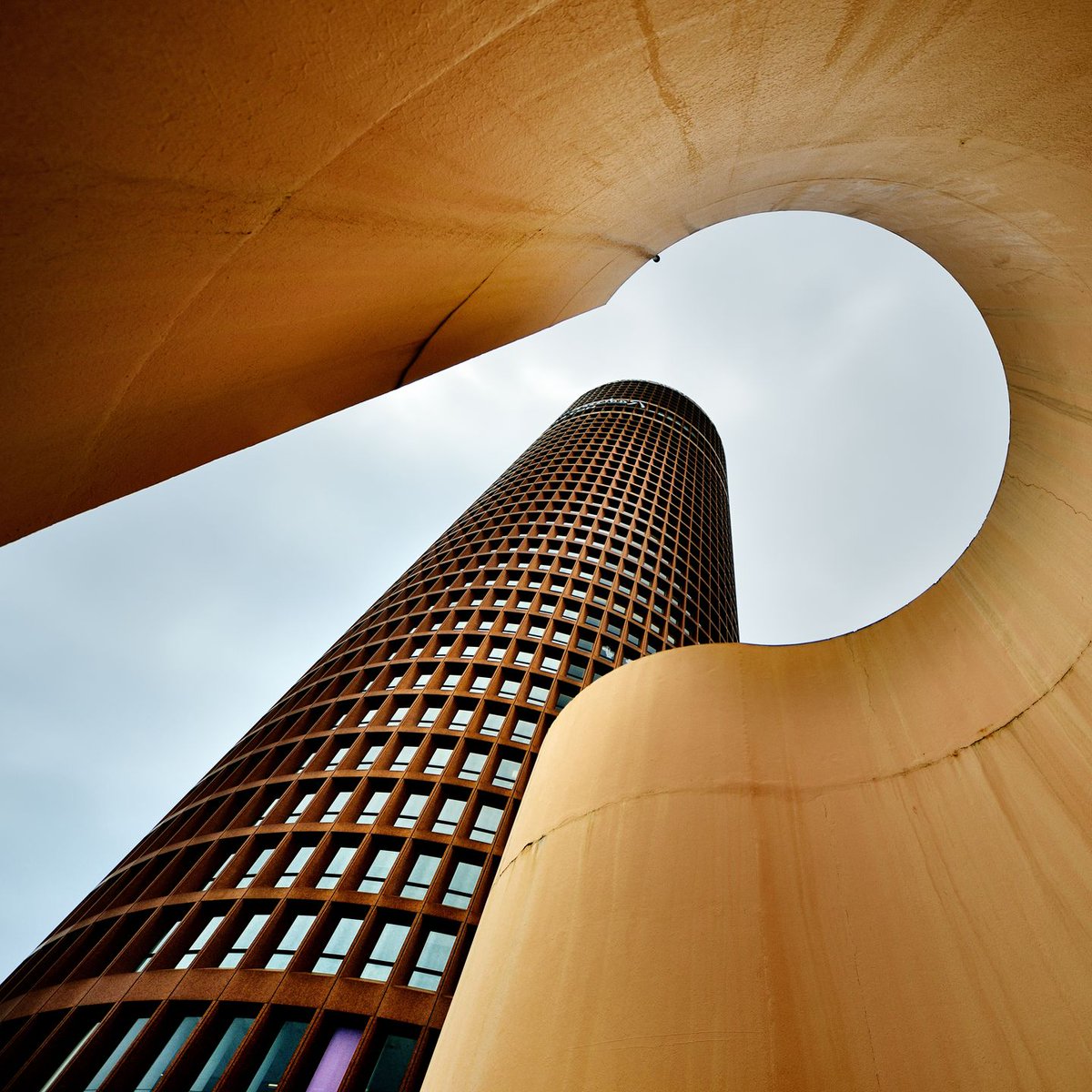
11 Negative Space Photography Tips
The rule of space in photography can help you create the impression of movement. To convey action, the rule suggests that space should be left either in front of or behind the subject (or both). For example, if a subject is moving across a scene, you can aim to capture both the subject and the negative space surrounding the subject.
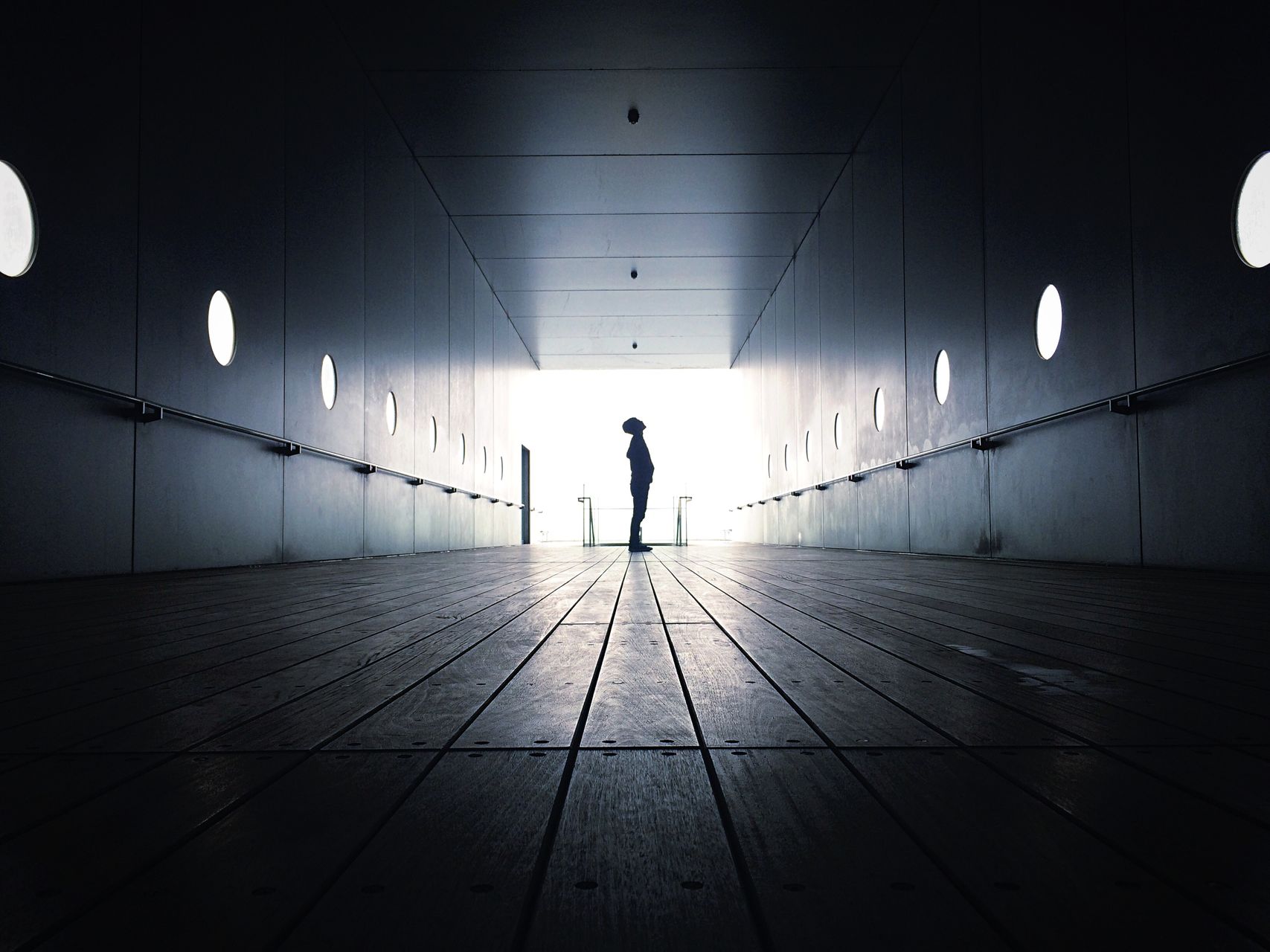
20 Photographs That Prove Negative Space Can Be Positively
Negative space is thought of as an image with a lot of empty space. Large plain areas of an image such as sky, grass, or water, for example. While this is how negative space is most often used, this is not the only way. The negative space in an image does not have to be a blank area or white space. Things can be in the negative space area, but.
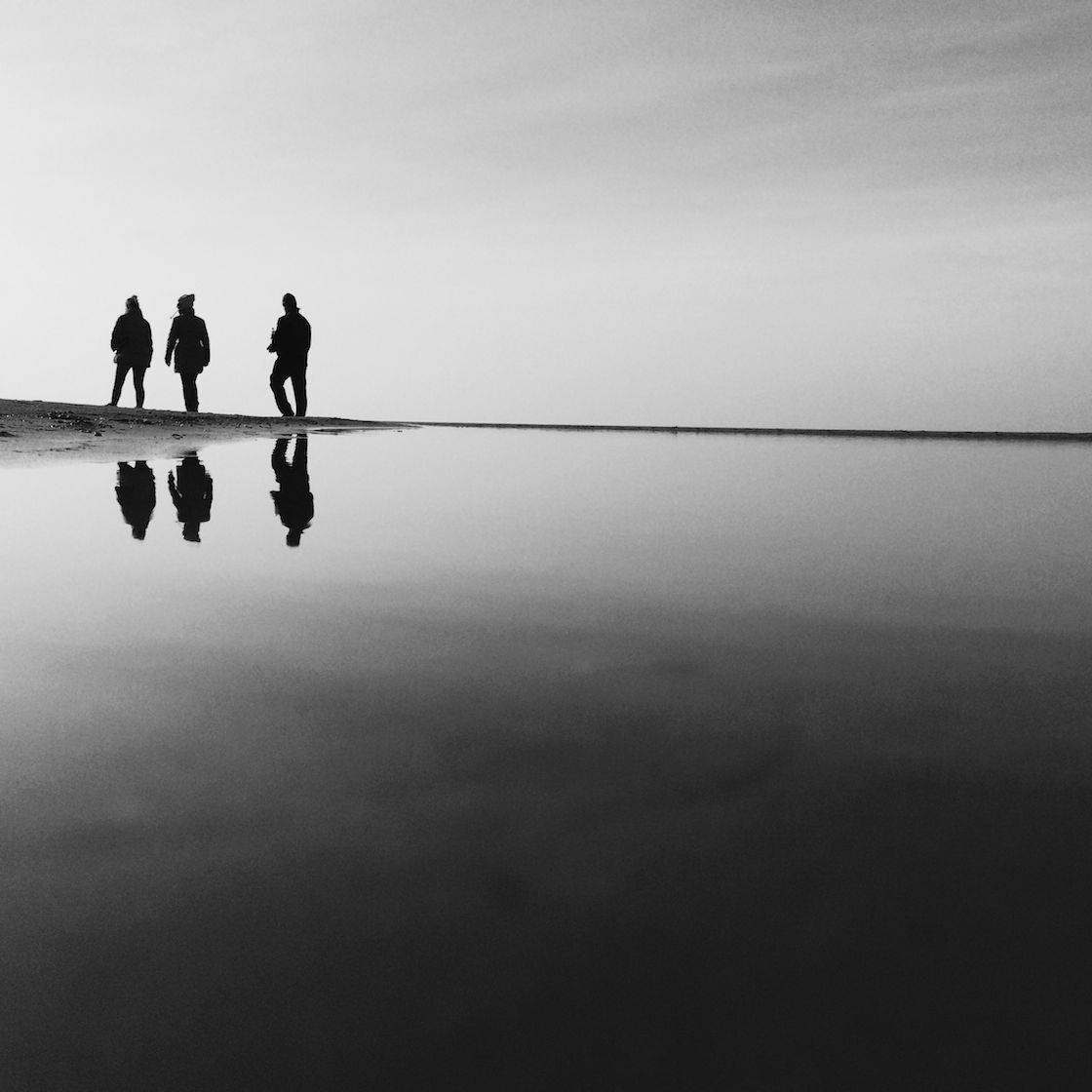
How To Create Powerful iPhone Photos Using Negative Space
Negative space can drastically change the mood and story of an image. In many cases, negative space is the mood, the emotion, what creates those things in the first place. It can act as a context, it can create a sense of lightness, airiness, it can strengthen the positive emotions in a photograph, emphasize the feelings of your subject whether.

Konsep Terpopuler Negative Space Photography Examples
Negative space usually endows an image with feelings of solitude and peacefulness, which encourages an attitude of contemplation. Using negative space is different to the usual approach to photography, where you try to fill the frame as much as possible with the subject. Leaving lots of negative space can shock viewers when they first see this.
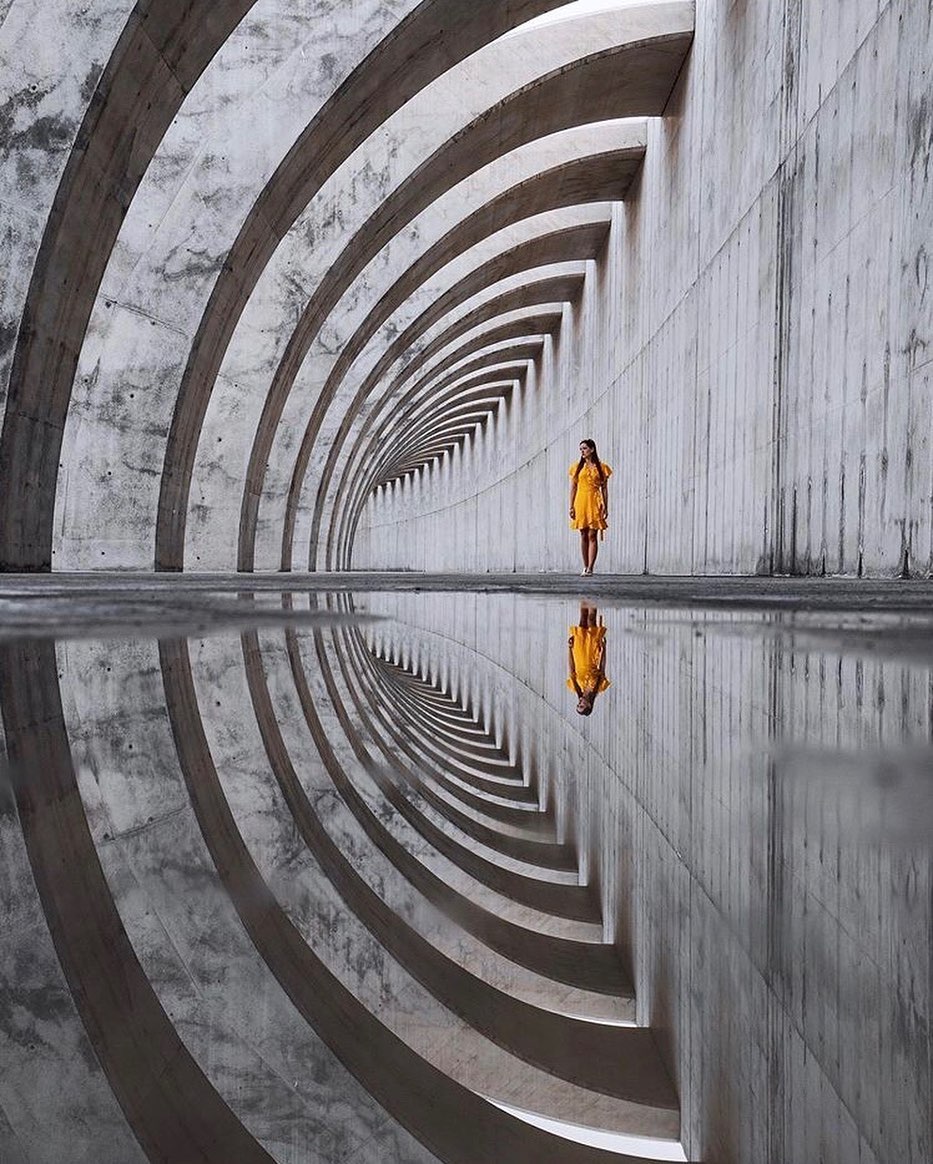
11 Negative Space Photography Tips
Negative space photography is about relationships and how the subject relates to expansive spaces, whether it's a wide field of grass, a vast desert, or an open sky. Typically, what's most importantin the image is a sense of scale and breathing room for the subject, rather than the specific type of negative space..

Negative Space Photography Examples And Tips For All Photographers
Negative space in photography is the space around the subject. It is a space that helps you create dramatic effects in the frame, adjust the viewer's focus, and create a relationship between the subject and the background. You must remember that negative space doesn't always mean an empty area in the frame. While sky, plain background, and.

Photo and Travel Negative space photography Space photography
15 mins. Negative space is the area surrounding the main subject in a photograph which is left unoccupied. Put simply, it is the space around the object itself that helps define the positive space (or main focus). When used creatively together, negative and positive space can communicate the composition of your photograph.
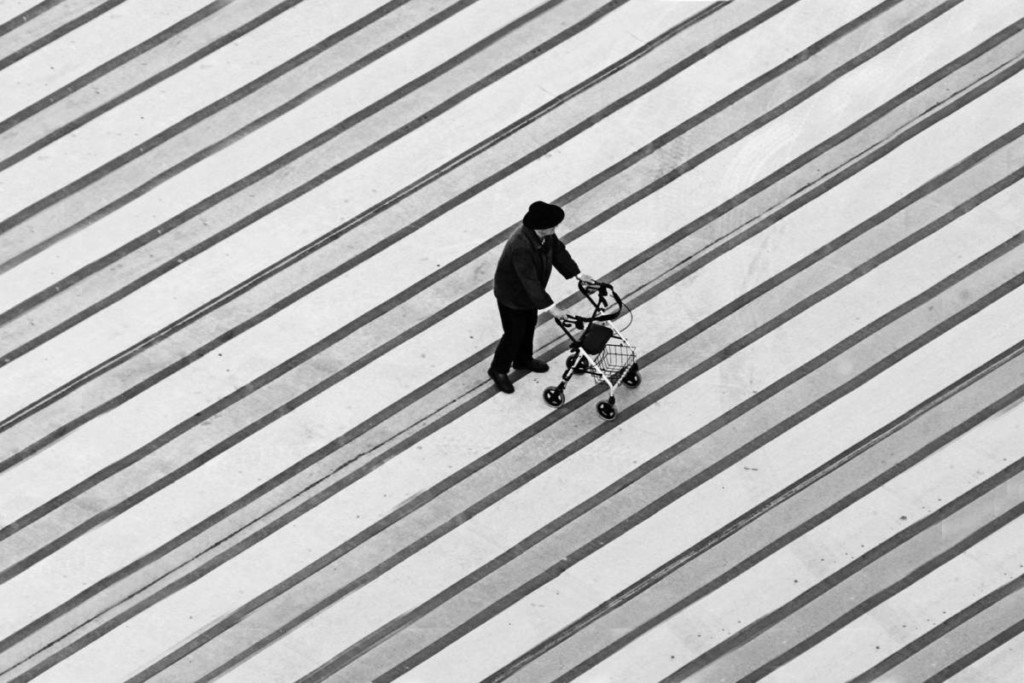
Embracing negative Space in Photography Streetbounty
Using Negative Space to Convey Emotion. Careful use of negative space can help to change the mood and tone of the image. If you have a light, airy negative space, it can set the stage to show a range of positive emotional moods in your photograph. A dark negative space can be sinister, lonely, or intense.

Tips for Using Negative Space in Photography to Create Stunning Images
Too little negative space results in cluttered and busy photographs with every element in the photo screaming for the viewer's attention. In the photo above, part of my London street photography.

10 Amazing Smartphone Photos That Use Negative Space Negative Space
1) Have a hand holding onto a sparkler on a white background. The composition between the light and the empty background will pull the focus on the sparkler. 2) Go to a beach setting and have a person stand with only their feet in the water, positioning them to the side. The negative space will not be empty, but that is perfect as it will.
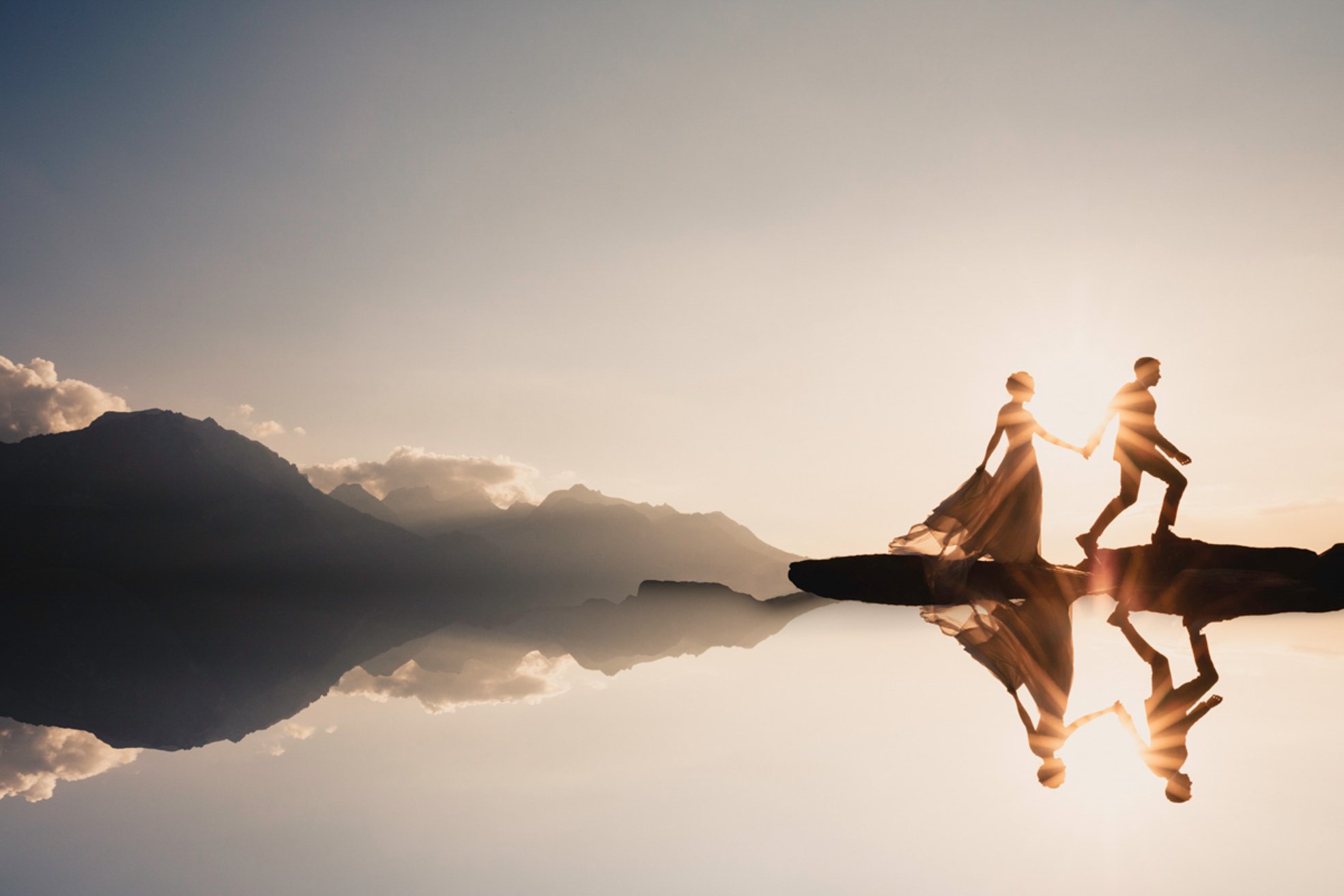
20 Photos That Will Make You See Negative Space Differently
It includes a small tree positioned in the corner as positive space, while the rest of the photo is (for the most part) negative space, for a nice overall balance. 4. Use negative space to convey emotion. Negative space tends to be bleak, even melancholy, especially in black and white images. Use this fact.